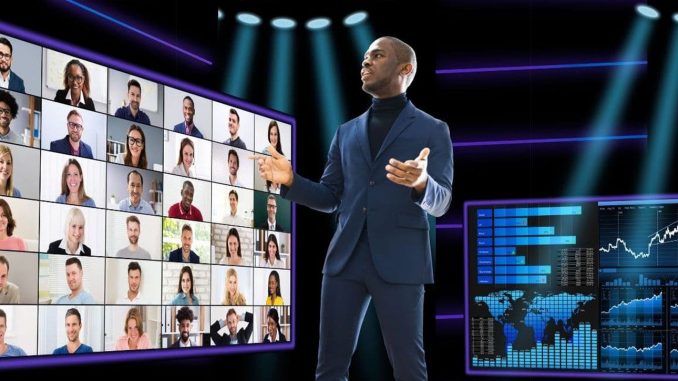
Experiential marketing has been around for a very long time now. But even now many B2B marketers still have little or no direct experience, and plenty in this sector have only a vague understanding of what it is and how it works.
Put simply, experiential marketing is the process of encouraging prospects and customers to experience a product or service and thereby become involved with the experience to the point where they become engaged and eventually fully immersed in the event.
What defines experiential marketing?
The encouragement to interact with an unfamiliar product or service in an absorbing way, and the process of bringing the prospect or customer inside the experience to interact with it rather than maintaining an external perspective can be defined as experiential marketing.
So, this definition – in a conventional marketing arena – relates to live event marketing, brand or product experience events, and the power of these live, physical experiential marketing events can be very powerful.
What’s the alternative to physical events?
But how can experiential marketing continue to work in this era of social distancing, and human contact restrictions at physical events? The fact is that under these circumstances physical events become a whole lot less immersive and now the only alternative is virtual.
But can virtual experiential marketing offer the same involvement and customer engagement as physical events do? The virtual experience can be better if creatively conceived in a human way and properly resourced.
Experiences that deliver ‘wow!’
And while virtual events such as exhibitions, conferences and product launches could lack a sense of real human interaction, with appropriate technologies, driven by human vision, passion and common sense, interaction and a true sense of ‘being there’ will give visitors the wow factor.
Immersive experiential experiences are all about giving. Giving an out-of-this-world virtual reality experience that flies people into a wonderful, fantastical world, or giving an augmented reality experience that helps them see another, new dimension in their lives. It’s all about wow.
Human storytelling delivers customer retention
So, virtual experiential events – if you deploy fully immersive technologies – such as virtual reality, augmented reality or 360-degree video can deliver an involving and absorbing experience that will drive engagement.
But to fully engage with prospects and customers, experiential marketing events must include human storytelling with elements that tell visitors they’re interacting in an environment created by real, honest and ethical human beings, like themselves.
The value of data collection
In many situations, physical experiential events may be non-exclusive flash events and therefore people may just arrive, immerse themselves in the experience and leave without ever being identified. You’ll never know they were there.
And you’ll never know what they thought, or use that knowledge to predict potential return on marketing investment (ROMI) based on their reactions to the experience, and while more formal events collect basic data, an understanding of key visitor opinions will also be absent.
Tracking data delivers financial performance
In virtual experiential marketing environments, where visitor actions are closely tracked and relative data is automatically collected and analysed, understanding the value of the customer experience, its impact on identifiable, individual visitors is key to relationship building.
This data also delivers value in a number of other ways, not least through allowing you to continue a highly relevant conversation with someone who knows you understand their needs and therefore is likely to buy from you.
But also because the data builds a picture of customer needs at scale, informing market value and therefore – in the right hands – accurate and fully predictable campaign returns on investment, helping control budgets and predict accurate revenue performance.

Leave a Reply